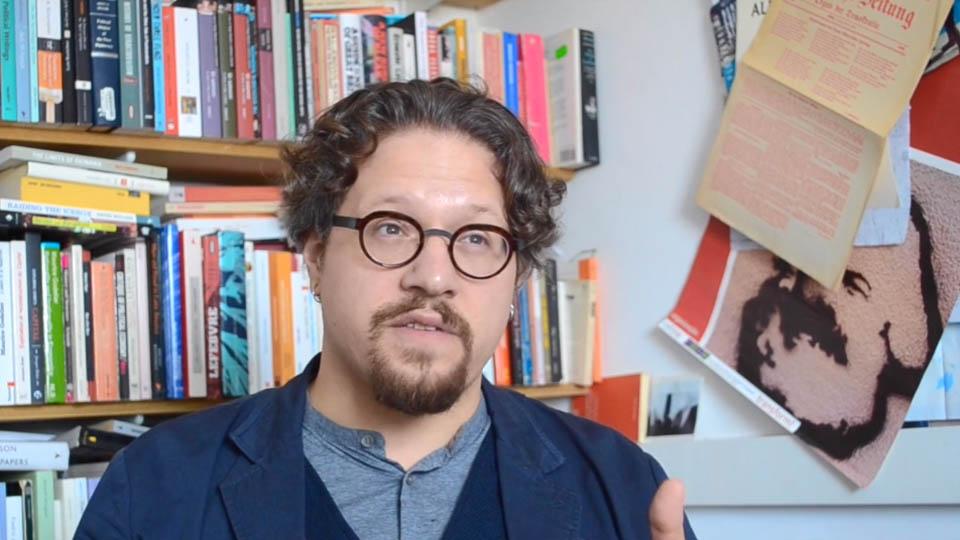The online journal Mediapolis talks with Alberto Toscano about the spacial dimensions of injustice, cognitive mapping, and the aesthetics of the “aftermath of capital.” The conversation took place around the conference “Visualising Spatial Injustice and Exploitation,” held on June 8, 2018 at the the University of Kent in the UK. Here’s an excerpt:
How has your thinking around questions of counter-mapping violence and injustice developed since the publication of Cartographies of the Absolute?
Toscano: … In work I am currently trying to develop … I am trying to think through how the particular temporality of the Capitalocene (in Andreas Malm’s brilliant formulation of this concept) generates a different type of aftermath photography – not the aftermath of war, as we know it from photographers from Roger Fenton to Simon Norfolk, but the aftermath of capital, one in which the visual evidence of violence may turn out to be rather difficult to fix, and in which a monumental (or catastrophic) mode of representation may not be able to do justice to the multiple modalities of what Rob Nixon has called ‘slow violence’. At the junction of capital, ecological devastation and apparatuses of domination and inequality (classed, racialised, gendered and otherwise), the question ‘can slow violence be seen?’, and if so how, becomes particularly urgent.
In your talk, you suggested that aesthetic strategies of counter-mapping often bypass or elide the truth of racial difference. Can you point towards some possible reasons for these processes of elision?
Toscano: In the talk I tried to draw from the foundational writings on race and geography of Ruth Wilson Gilmore – as well as on Judith Butler’s remarks on the racialisation of the visual field in the wake of the beating of Rodney King and the 1992 LA riots – to articulate ways in which race functions as a principle of vision and division, to borrow from Pierre Bourdieu, critical to any thinking of the visualisation of spatial inequality.
The elision you mention probably has a multiplicity of causes. A large burden of responsibility can no doubt be laid at the feet of the generalised sidelining of critical theorisations of race from large swathes of the academy – whether intentionally or otherwise. One of the great virtues of Gilmore’s work is that she shows, building upon the full range of historical materialist geographies and state theories, that space is produced through racial difference (which is turn articulated through and as class, gender and other axes of violent differentiation). The violence of capitalist abstraction and the violence of race qua abstraction are intimately bound up with one another. But we could also perhaps suggest that the hypervisibility of (certain modalities of) ‘race’ can also serve to mesmerise the critical intellect, and disarticulate racial difference from other kinds of difference, and from dynamics of capital accumulation or indeed of anti-capitalist resistance.
Image of Alberto Toscano via Goldsmiths.
